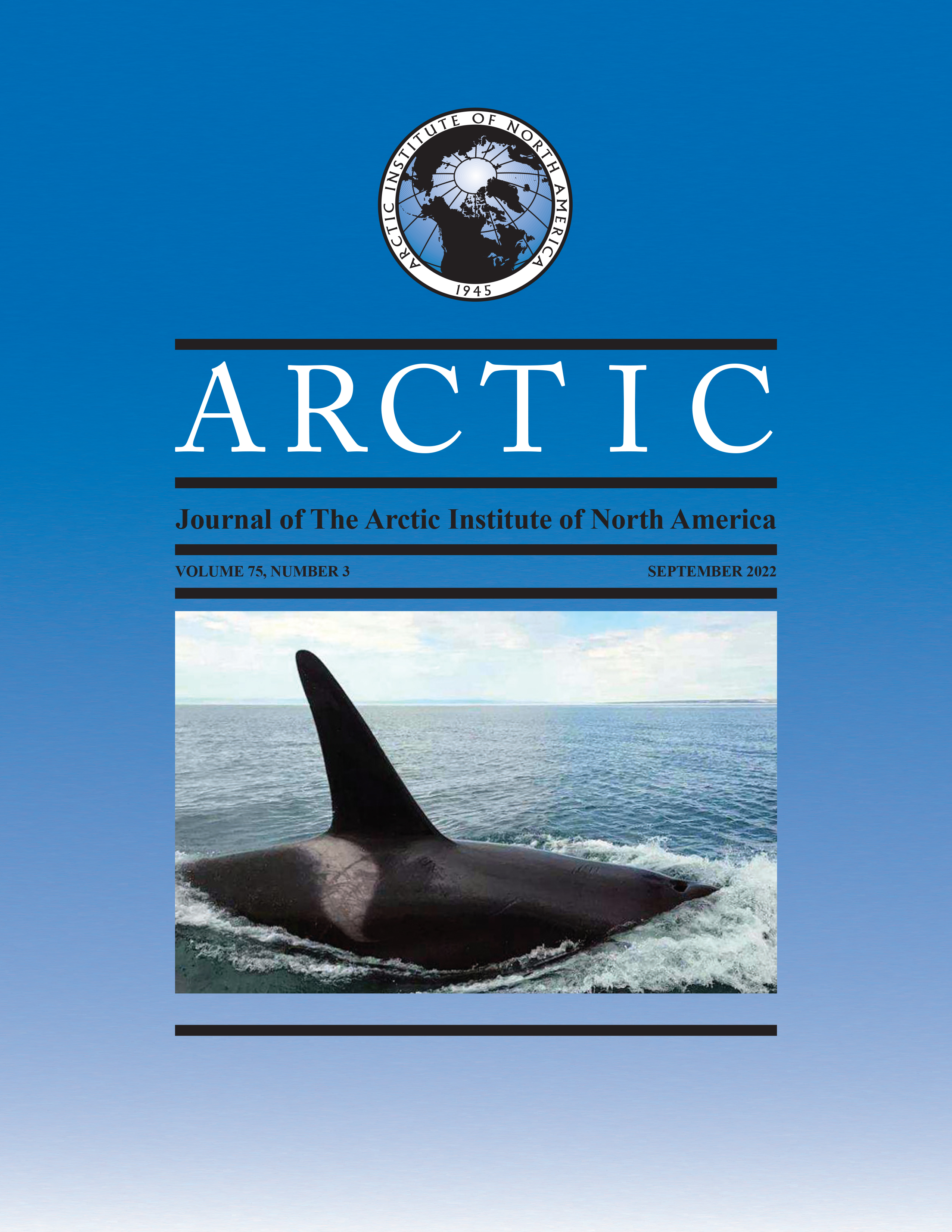Modelling Tundra Ponds as Initiators of Peat Plateau Thaw, Northern Hudson Bay Lowland, Manitoba
DOI:
https://doi.org/10.14430/arctic75150Keywords:
permafrost; Hudson Bay Lowland; peat plateau; ponds; climate warming; thawingAbstract
Frozen peat in permafrost regions poses a potential source of increased greenhouse gas production should these deposits thaw. Ponds on frozen peat plateaus in northern Manitoba are numerically modelled as heat sources to determine their potential to promote thaw. Modelling indicates that anticipated climate warming of approximately 2˚C between 2020 and 2050 will produce taliks up to a few metres thick beneath ponds a few tens of metres across. However, active-layer thickness in the subaerial parts of peat plateaus will not increase beyond the peat thickness. These findings assume 1) a climate warming rate under a moderately effective intervention in greenhouse gas production, 2) pond freezing regimes that represent both rapid ice formation and ice formation delayed by rapid snow accumulation, and 3) snow thermal conductivities that anticipate snow conductivity increase during the freeze interval. These conditions and properties may turn out to be less conducive to talik expansion than the values that will actually occur. Despite these uncertainties, peat plateau pond sizes and plateau margin positions can be monitored to ascertain the onset of accelerated thawing.
Downloads
Downloads
Published
Issue
Section
License
Copyright (c) 2022 ARCTIC

This work is licensed under a Creative Commons Attribution 4.0 International License.


